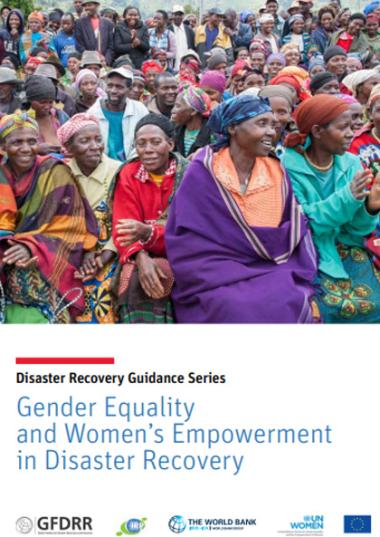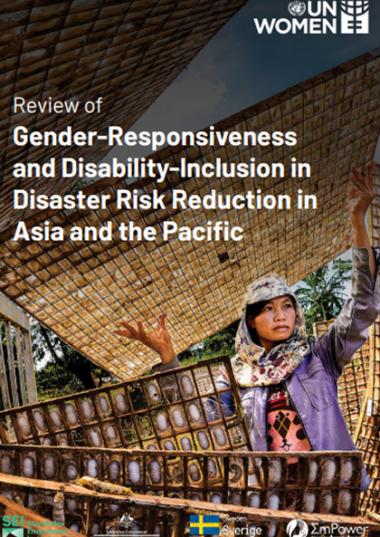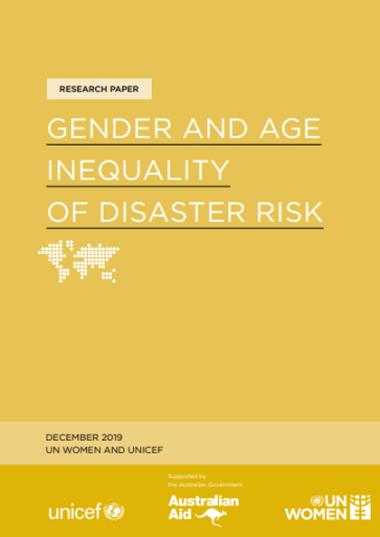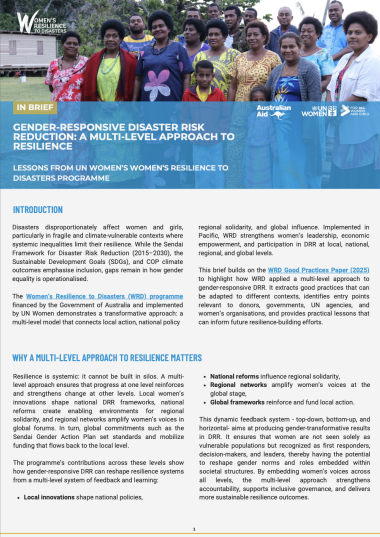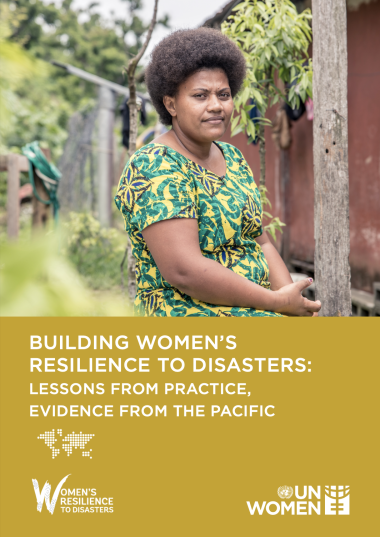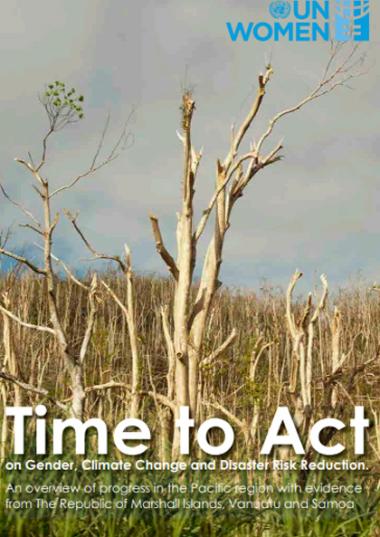
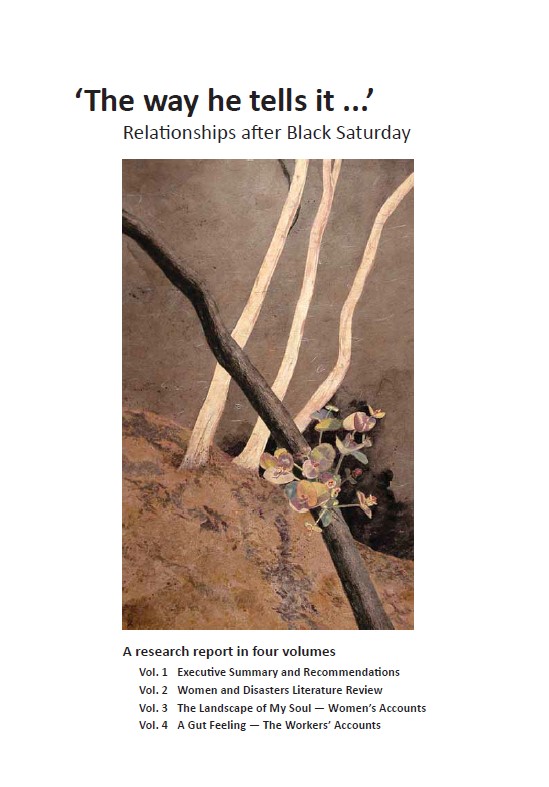
Australians have a 1 in 6 estimated lifetime exposure to natural disaster and Victoria is one of the three most fire-prone areas in the world. The Black Saturday fires resulted in the greatest loss of life from a bushfire since settlement with 173 deaths. A further 414 people were injured and 2,029 houses were destroyed. The ferocity of the fires, the total devastation of whole communities, and the individual tragedies were a new and traumatic experience for the people living and working there.
Large-scale disasters in Australia are managed in a gendered way in which assumptions are made about the role of men as protector and women as protected. In the most obvious example, men are at the frontline in fighting bushfires much more than women. Yet statistics show that until Black Saturday the gap between male and female deaths in Australian bushfires was closing, and in two fires, had actually reversed.
In this research, a different gendered approach to disaster is being argued — one that is based on the reality of women’s experiences. This research also presents the case for clear-eyed recognition of increased violence against women in the aftermath of disaster and a disaster response that protects women and offers options, while proactively recognising the increased needs of men, to prevent family violence. Where violence occurs after disaster, there must be no lesser effort in upholding women’s rights to live a life free from fear of violence — including when police are involved and there may be legal consequences for perpetrators. This report also documents the findings of qualitative research conducted over two years from late 2009 to 2011.
